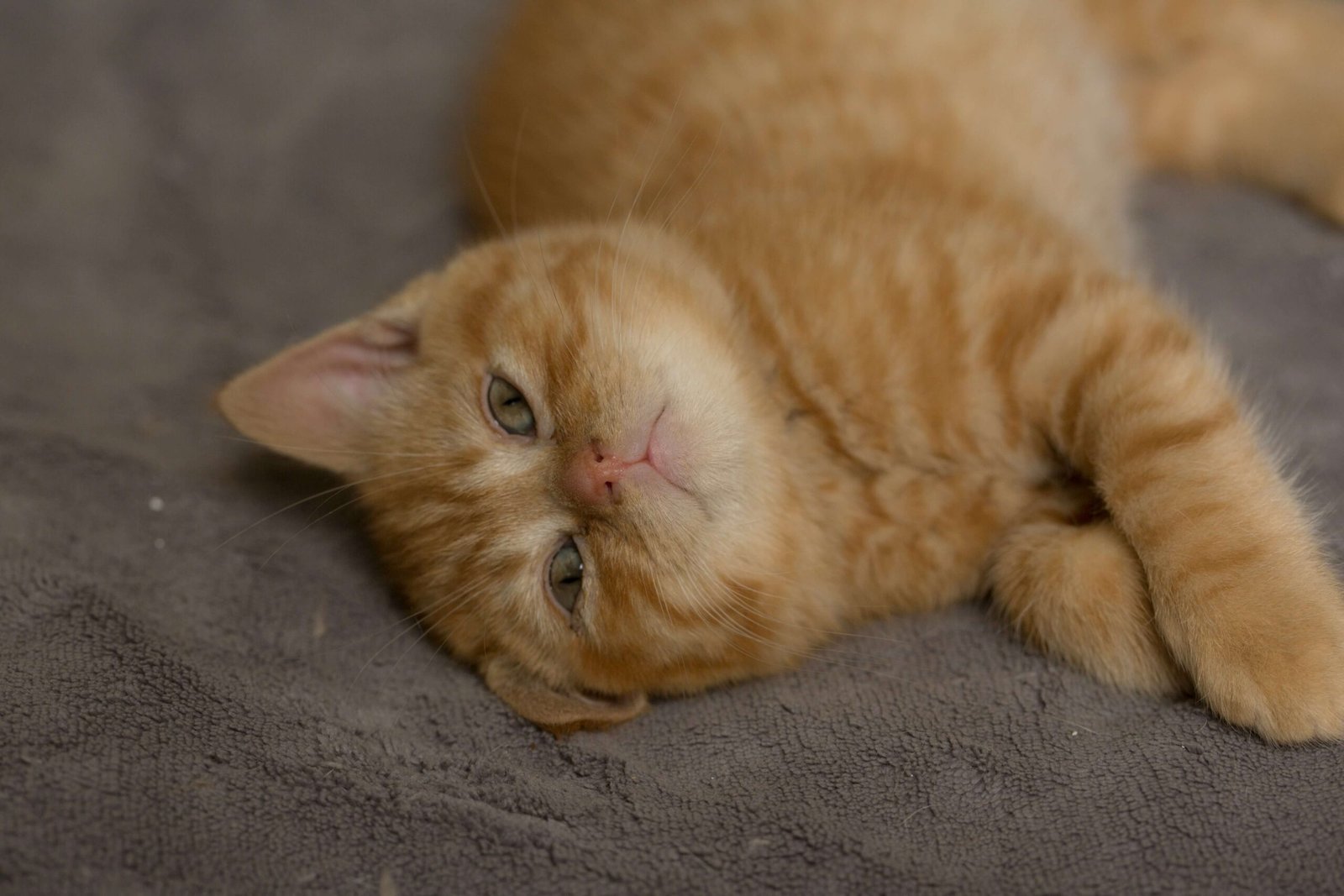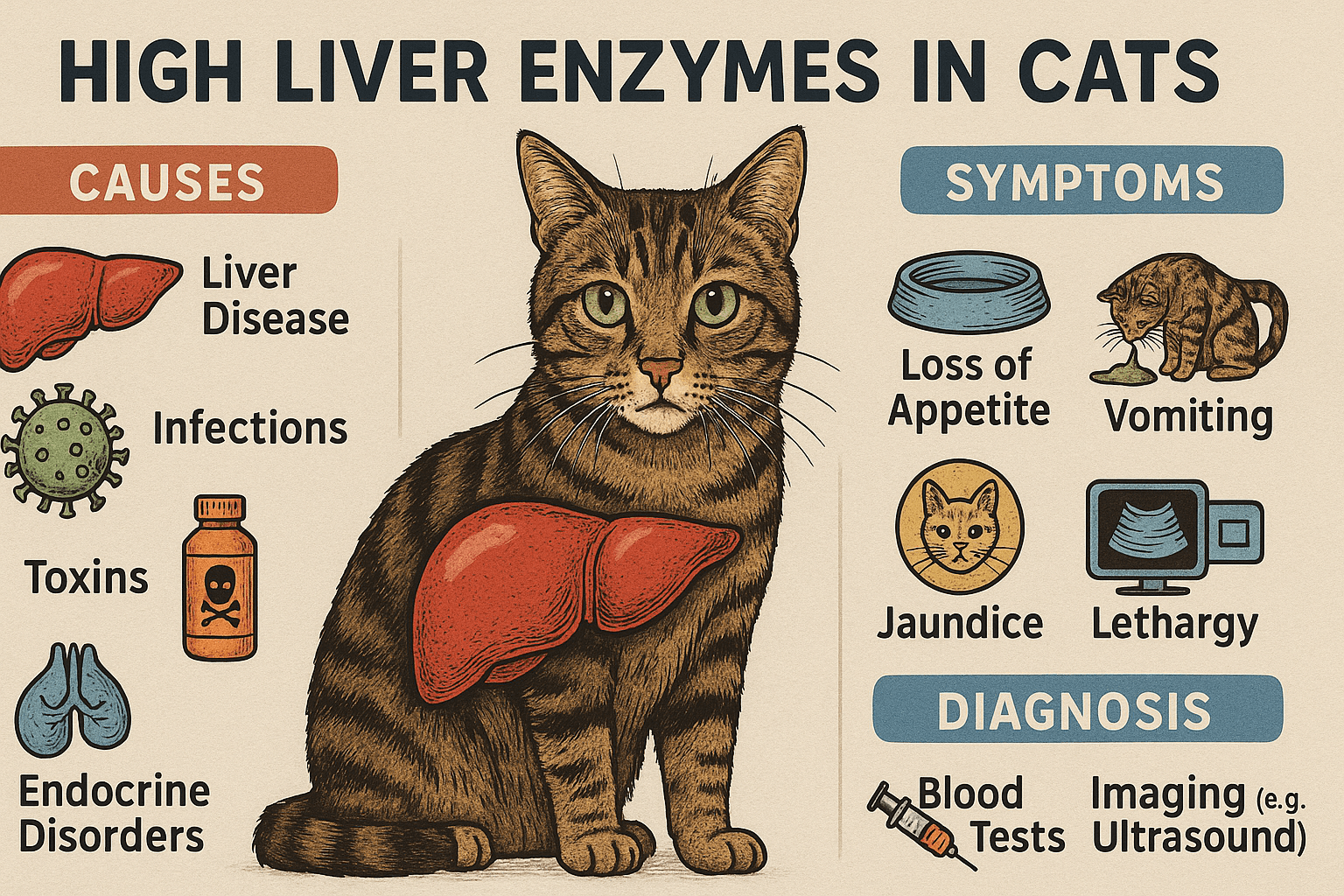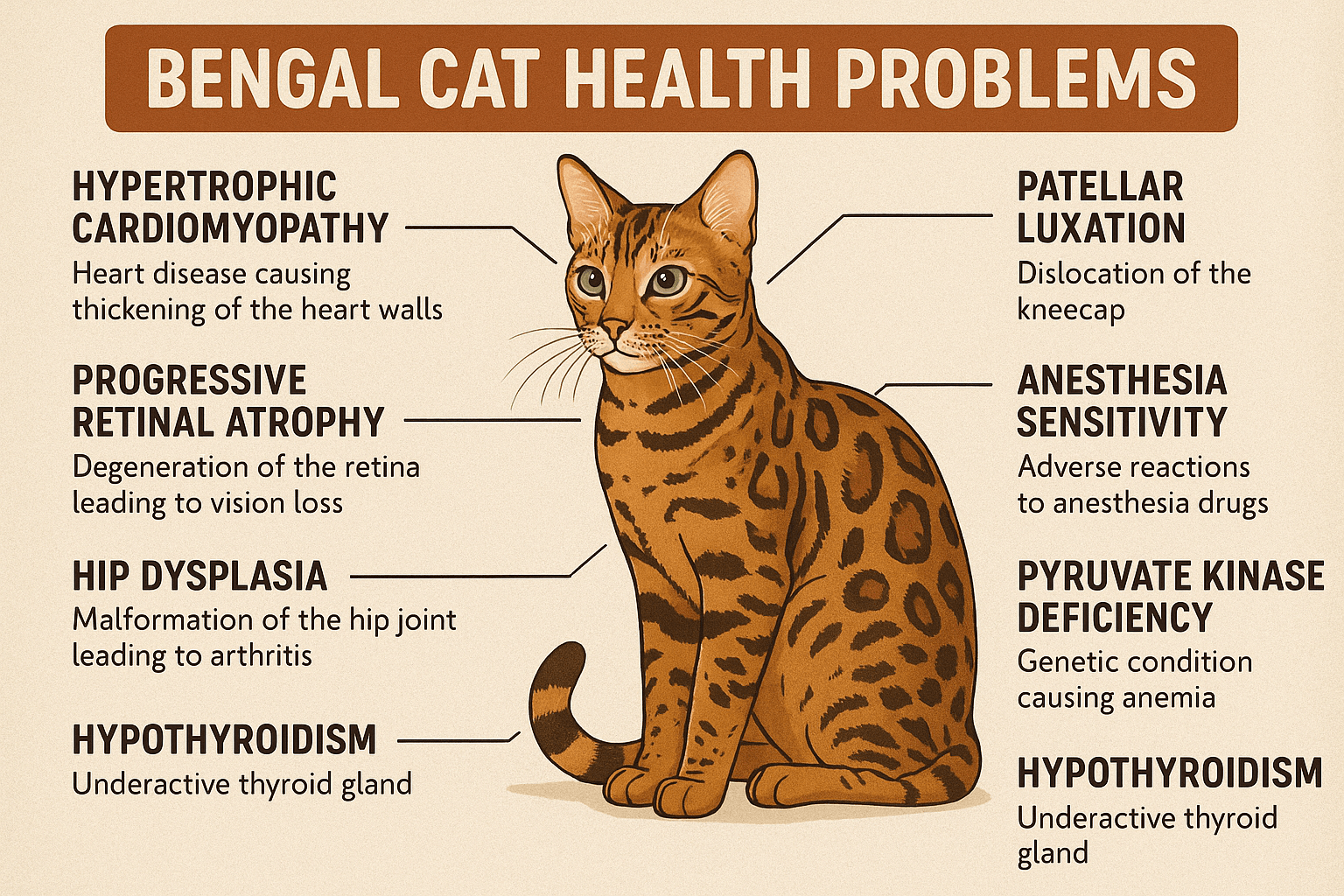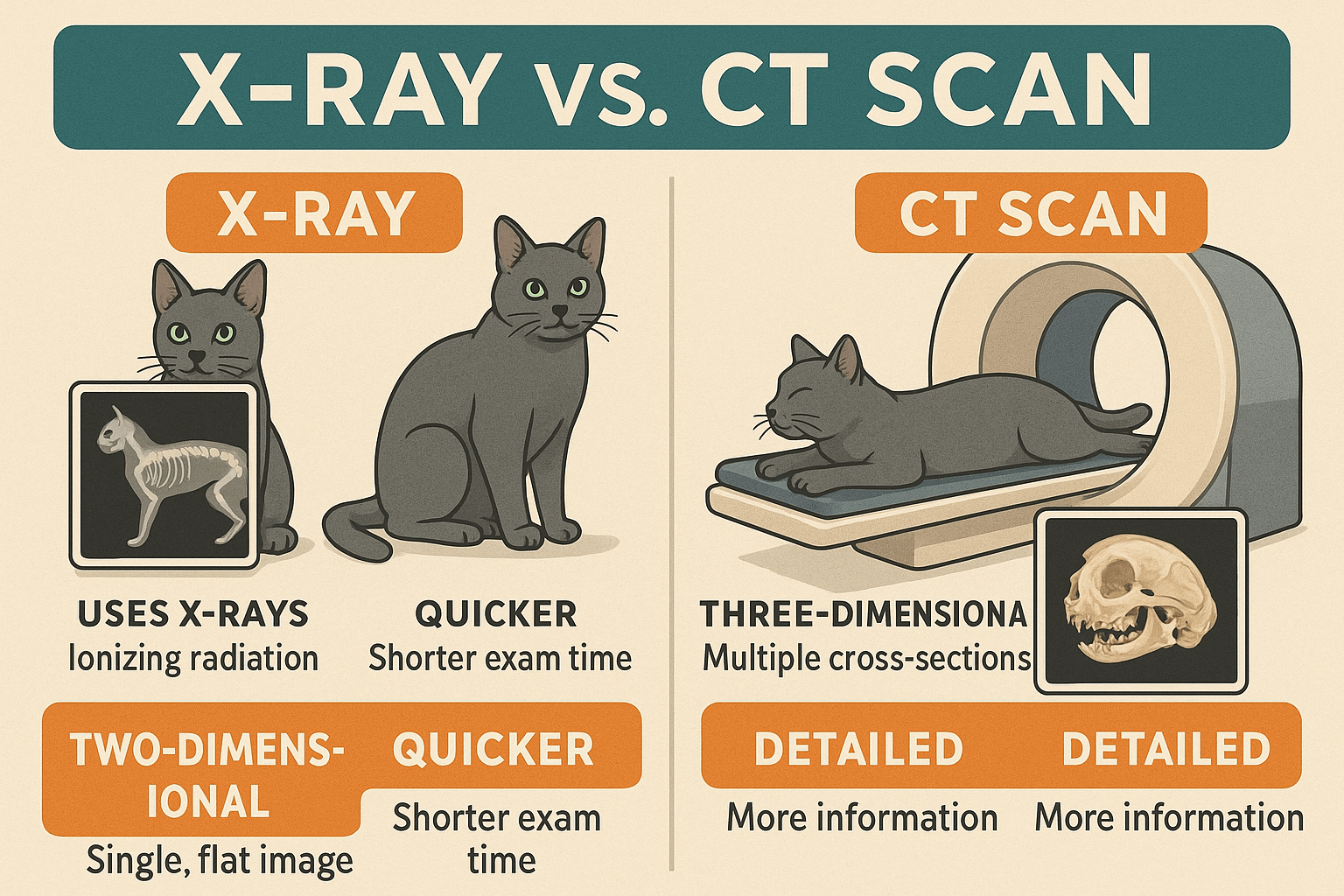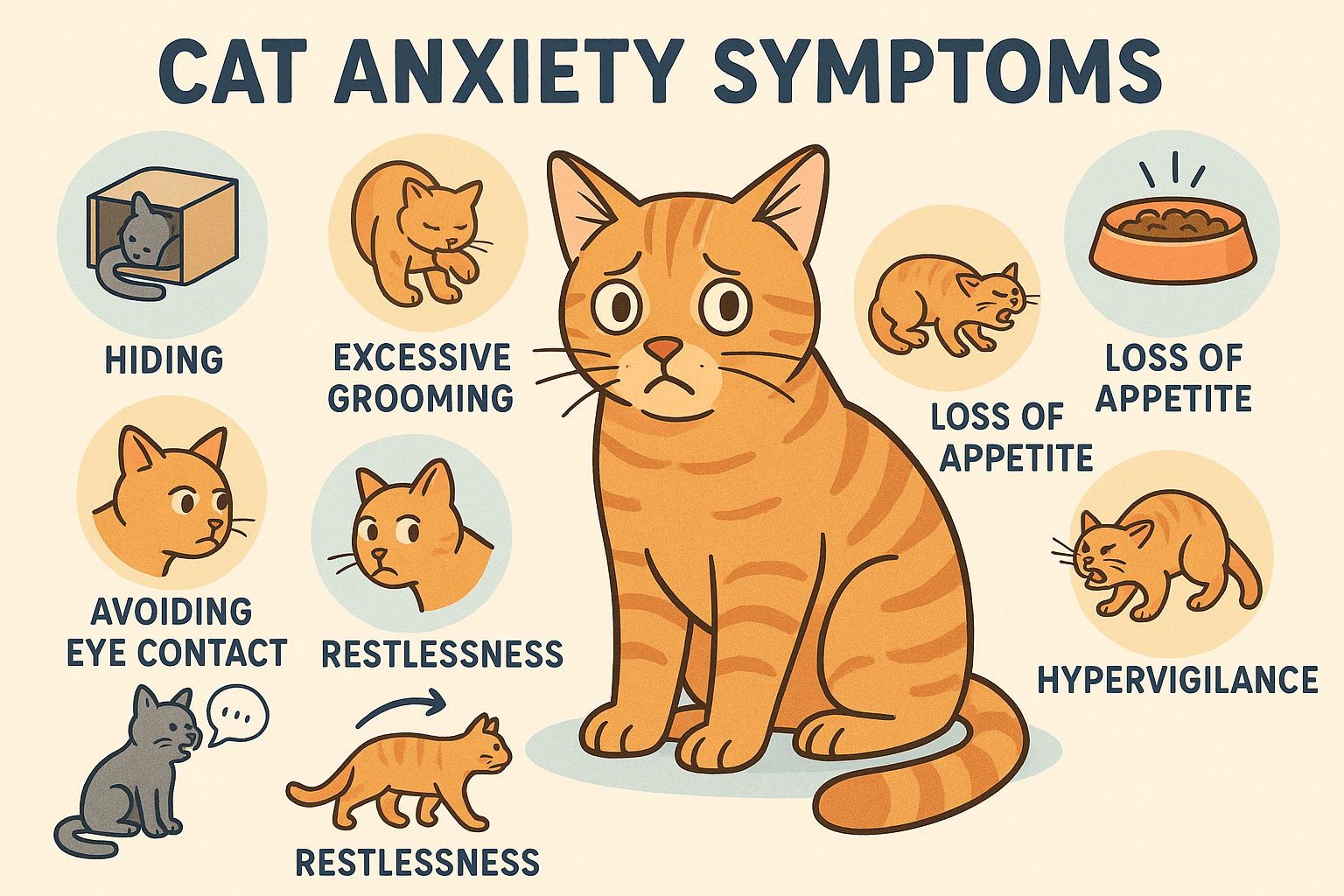Discover the Most Vocal Cat Breeds: Why Some Cats Love to Chat
Cats are often thought of as quiet, independent creatures. However, some cat breeds defy this stereotype by being incredibly vocal and communicative. If you’re considering adopting a feline friend or simply curious about which cats are the chattiest, you’ve come to the right place. From their unique personalities to the reasons behind their talkative nature, understanding these vocal cat breeds can help you find the perfect companion for your lifestyle. In this blog post, we’ll explore the most vocal cat breeds, why they express themselves through meows, chirps, and trills, and how to build a harmonious relationship with your chatty kitty.
Meet the Chatterboxes: Top 5 Most Vocal Cat Breeds
If you’re fascinated by cats that love to “talk,” here’s a list of the most vocal cat breeds. These felines are known for their expressive personalities and constant communication. Whether you’re looking for a conversational companion or simply want to learn more about these chatterboxes, this guide has you covered.
Siamese :
Siamese cats are infamous for their loud, raspy meows and insistent demands for attention. They thrive on interaction and will let you know when they need something.Maine Coon :
Known as the “gentle giants” of the cat world, Maine Coons use soft chirps and trills to communicate. Their voices are surprisingly melodic compared to their large size.Bengal :
Bengals are energetic and intelligent cats that express themselves with a mix of meows, growls, and chirps. Their vocalizations often reflect their playful and curious nature.Abyssinian :
Abyssinians are social butterflies who enjoy engaging with their humans. Their soft, high-pitched meows are pleasant but persistent when they want your attention.Oriental Shorthair :
This breed is highly vocal and loves to “chat” with its owners. Their wide range of sounds makes them one of the most expressive cat breeds around.
While each of these breeds has its own unique voice, they all share a love for communication. If you choose one of these talkative cats, be prepared for plenty of conversations!
Decoding Your Cat’s Vocalizations: What Do They Mean?
Understanding your cat’s vocalizations can strengthen your bond and help you respond appropriately to their needs. While every cat is different, certain sounds tend to carry similar meanings across breeds. Here’s a breakdown of common cat vocalizations and what they might indicate.
Meowing :
Cats typically meow to get attention, ask for food, or greet their owners. It’s their primary way of communicating with humans.Chirping :
Chirps and trills are often used to express excitement or curiosity, especially when watching birds or other animals outside.Purring :
Purring usually signifies contentment, but it can also indicate stress or discomfort in some cases. Context is key to understanding its meaning.Growling or Hissing :
These aggressive sounds signal fear, anger, or territorial behavior. They’re warnings to back off or leave them alone.Yowling :
Yowls are long, drawn-out cries that may indicate distress, pain, or mating calls in unspayed or unneutered cats.
By paying attention to your cat’s vocal cues, you can better understand their emotions and address any underlying concerns they might have.
Check this guide 👉Intelligent Cat Breeds: Best 7 Expert Tips!
Check this guide 👉Most Expensive Cat Breeds: Best 7 Expert Tips!
Check this guide 👉Japanese Cat Breeds: Best 7 Expert Tips!
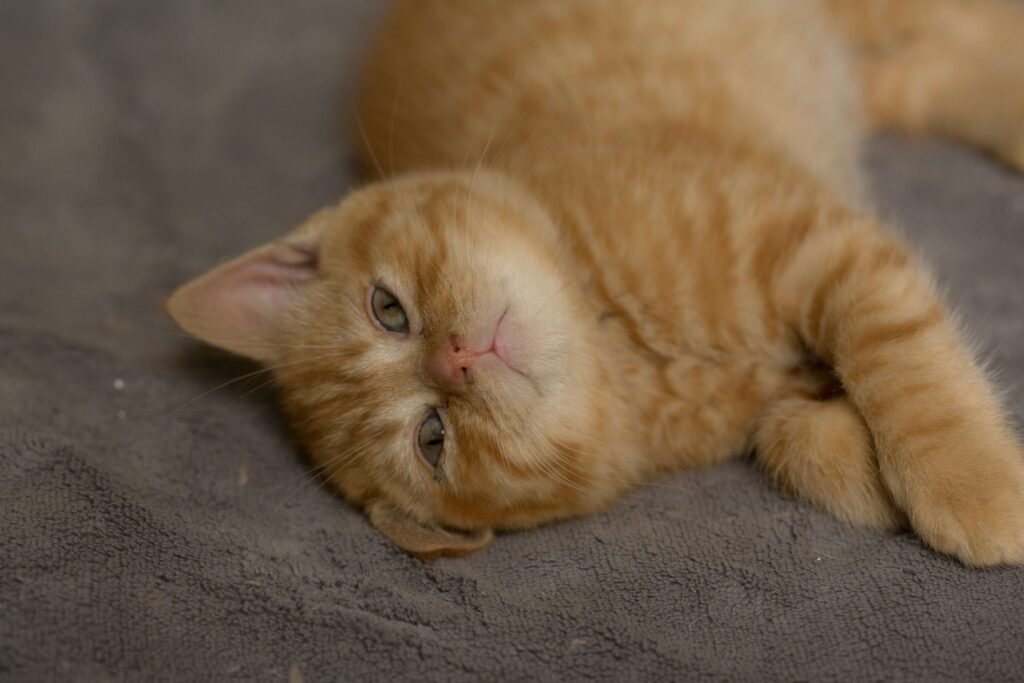
Most Vocal Cat Breeds | Key Personality Traits |
|---|---|
Siamese | Affectionate, demanding, loyal |
Maine Coon | Gentle, sociable, intelligent |
Bengal | Energetic, curious, playful |
Abyssinian | Active, friendly, adventurous |
Oriental Shorthair | Talkative, affectionate, clever |
How to Manage a Talkative Cat: Tips for Harmonious Living
Living with a vocal cat can be delightful, but it may also require patience and strategies to manage their constant communication. Here are some practical tips to ensure both you and your chatty feline stay happy and stress-free.
Establish a Routine :
Cats feel more secure when they know what to expect. Feeding, playtime, and bedtime routines can reduce unnecessary meowing.Provide Mental Stimulation :
Interactive toys, puzzle feeders, and climbing structures keep talkative cats entertained and less likely to demand attention.Respond Appropriately :
Acknowledge your cat’s vocalizations without reinforcing excessive behavior. Ignoring constant meowing can discourage unwanted noise.Check for Health Issues :
Sudden changes in vocalization patterns could indicate health problems. Schedule a vet visit if your cat becomes unusually quiet or noisy.Create Quiet Spaces :
Designate areas where your cat can retreat for peace and relaxation, reducing stress-related vocalizations.
With these strategies, you can create a balanced environment that respects your cat’s natural tendencies while maintaining household harmony.
Fun Facts About Vocal Cats: Celebrating Their Unique Charm
Vocal cats bring joy and amusement to our lives with their quirky behaviors and expressive personalities. Here are some fun facts about these lovable chatterboxes that highlight just how special they are.
Siamese Cats Have Legendary Voices :
Siamese cats are so vocal that ancient legends claim they were once sacred temple guardians in Thailand.Maine Coons Are Natural Storytellers :
Their ability to produce a variety of tones and pitches makes Maine Coons sound like they’re telling stories.Bengals Mimic Human Speech Patterns :
Some Bengal owners swear their cats mimic human-like sounds during conversations.Abyssinians Are Always Curious :
Their love for exploration and adventure often leads to excited chirps and trills when discovering new things.Oriental Shorthairs Love Audience Participation :
These cats thrive on engaging with their humans and seem to prefer two-way conversations over monologues.
These fascinating tidbits showcase the charm and individuality of vocal cat breeds, making them even more endearing to their owners.
How Vocal Cats Express Affection: Understanding Their Love Language
Vocal cats often use their voices to express affection and strengthen their bond with their owners. By recognizing these loving gestures, you can better appreciate the depth of your cat’s emotions. Here are some ways vocal cats show they care.
Greeting You at the Door :
Many vocal cats will meow or chirp excitedly when you come home, signaling their happiness to see you.Purring While Being Petted :
A purring cat is usually a content cat, and vocal breeds take this expression to another level with added trills and murmurs.Following You Around the House :
Some vocal cats will tag along while “talking” to you, showing they want to be part of your daily activities.Soft Meows During Cuddles :
Gentle meows during snuggle sessions indicate trust and relaxation.Chirping When Playing Together :
Playtime chirps and trills are signs of excitement and enjoyment in your shared moments.
Understanding these affectionate vocalizations can deepen your connection with your feline friend and help you respond in ways that make them feel loved.
Tips for Bonding With Your Vocal Cat: Strengthening Your Relationship
Building a strong bond with a vocal cat requires time, patience, and effort. These tips will help you nurture a meaningful relationship with your talkative companion.
Talk Back to Them :
Engaging in “conversations” by responding to their meows encourages communication and strengthens your bond.Use Positive Reinforcement :
Reward quiet moments with treats or praise to balance out their chattiness with calm behavior.Spend Quality Time Together :
Dedicate time each day to play, groom, or simply sit with your cat to reinforce your connection.Respect Their Boundaries :
Even vocal cats need downtime. Provide safe spaces where they can retreat when they need a break.Learn Their Preferences :
Pay attention to what makes your cat happy, whether it’s certain toys, foods, or activities, and incorporate those into your routine.
By implementing these strategies, you’ll create a harmonious environment where both you and your vocal cat can thrive.
Common Misconceptions About Vocal Cats: Separating Fact from Fiction
There are several myths surrounding vocal cats that can lead to misunderstandings about their behavior. Clearing up these misconceptions can help you better appreciate their unique personalities.
Myth: Vocal Cats Are Always Stressed or Unhappy :
In reality, many vocal cats are simply expressing their natural tendencies and aren’t necessarily distressed.Myth: Quiet Cats Are Better Companions :
While quieter cats may suit some lifestyles, vocal cats offer engaging, interactive relationships that many find rewarding.Myth: All Vocal Cats Are High-Maintenance :
Though they require attention, vocal cats don’t demand more care than other breeds—they just communicate their needs differently.Myth: Spaying/Neutering Stops Vocalization Completely :
While it reduces mating-related yowling, spayed or neutered cats may still remain naturally chatty depending on their breed.Myth: Vocal Cats Can’t Live Peacefully with Others :
Many vocal breeds, like the Maine Coon, are known for getting along well with other pets and humans despite their talkative nature.
Dispelling these myths allows you to embrace the true essence of vocal cats and enjoy the companionship they bring without unnecessary worries.
Frequently Asked Questions About Vocal Cat Breeds
Are vocal cats harder to care for than quiet ones?
Not necessarily—they just require more engagement and attention to meet their social needs.
Can I train my vocal cat to be quieter?
Yes, consistent routines and positive reinforcement can help reduce excessive meowing.
Why does my cat yowl at night?
Nighttime yowling could stem from loneliness, boredom, or age-related cognitive issues.
Are male or female cats more vocal?
Gender doesn’t determine vocalization levels; personality and breed play bigger roles.
Should I worry if my normally quiet cat suddenly becomes very vocal?
Yes, sudden changes in vocalization can indicate health issues and warrant a vet visit.
Embrace the Joy of Vocal Cats: A Rewarding Companionship
In conclusion, vocal cat breeds offer a unique blend of charm, personality, and companionship that many pet lovers adore. While their constant chatter might not suit everyone, those who appreciate an interactive and expressive pet will find immense joy in sharing their home with one of these talkative felines. By understanding their communication styles, providing adequate stimulation, and addressing their needs, you can foster a loving relationship with your chatty companion. Whether you choose a Siamese, Bengal, or another vocal breed, remember that their voices are a testament to their deep connection with you—a true gift for any cat enthusiast.
High Liver Enzymes in Cats: Best 7 Expert Tips! Discover causes, symptoms, and treatment options for elevated liver enzymes in cats. Learn how to support your cat’s liver health effectively.
Bengal Cat Health Problems: Best 7 Expert Tips! Discover expert advice on common Bengal cat health issues, preventive care, and tips to keep your feline friend healthy and happy for years to come.
X-Ray vs CT Scan for Cats: Best 7 Expert Tips! Discover key differences, benefits, and expert advice on choosing the right imaging method for your cat’s health needs.
Cat Anxiety Symptoms: Best 7 Expert Tips! Discover signs of feline stress, effective calming strategies, and expert advice to help your cat feel safe, happy, and relaxed at home.

